When it comes to producing high quality audio for songs, podcasts, social media posts, and more, it’s important to recognize just how many steps there are in the process. To get crisp, quality audio, you’ll often find yourself spending more time post-production getting your audio to sound just right than you spent recording the audio in the first place. Luckily, the best plugins for audio post production will help a user quickly polish their sounds.
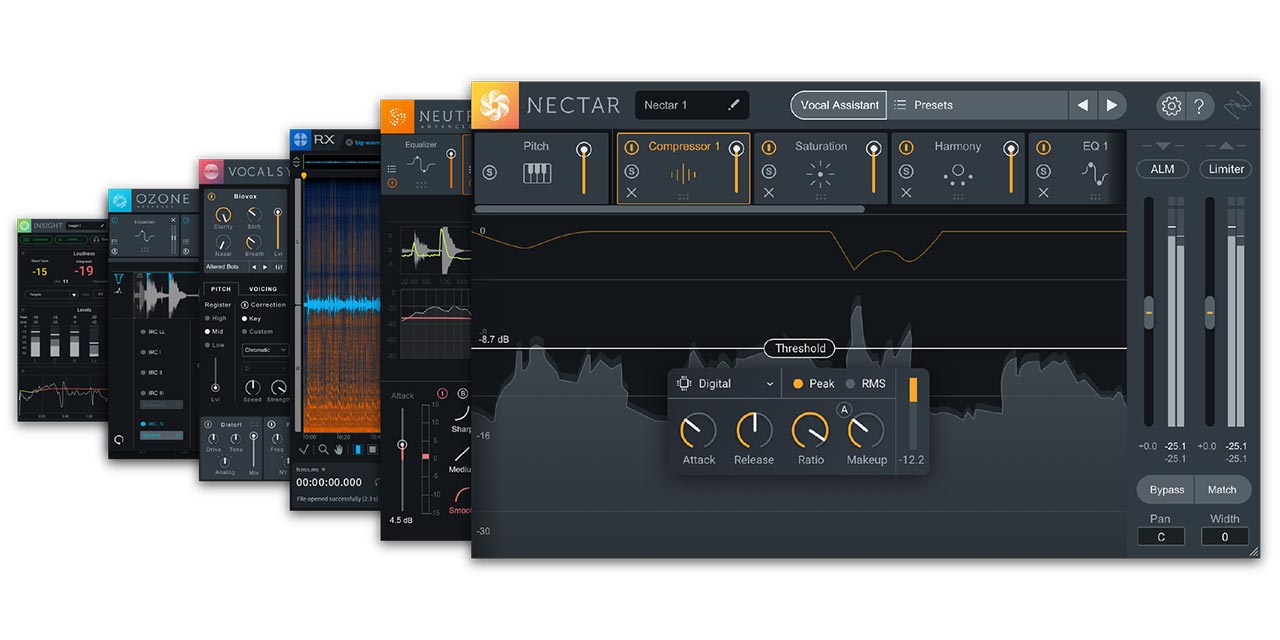
Using the right plugins for the right productions will allow even small setups to record professional level audio. We want to share with you the 8 best plugins for audio post production in 2022.
It should be noted that there are dozens of different options in each category, and that there may be some that work better in certain situations than others; for example, music producers will have different needs and opinions than podcasters, who may disagree with Youtubers. It’s all about knowing what you need, when you need it.
1. EQ
Equalizing audio is essential to producing audio that people want to listen to, since it’s extremely often that there are unwanted sounds of high or low frequencies within your audio.
A quality equalizer will analyze your sound and change the volume of frequencies you want louder or softer; for example, you can use an equalizer to increase the bass in your sound or to eliminate low-frequency feedback within your audio.
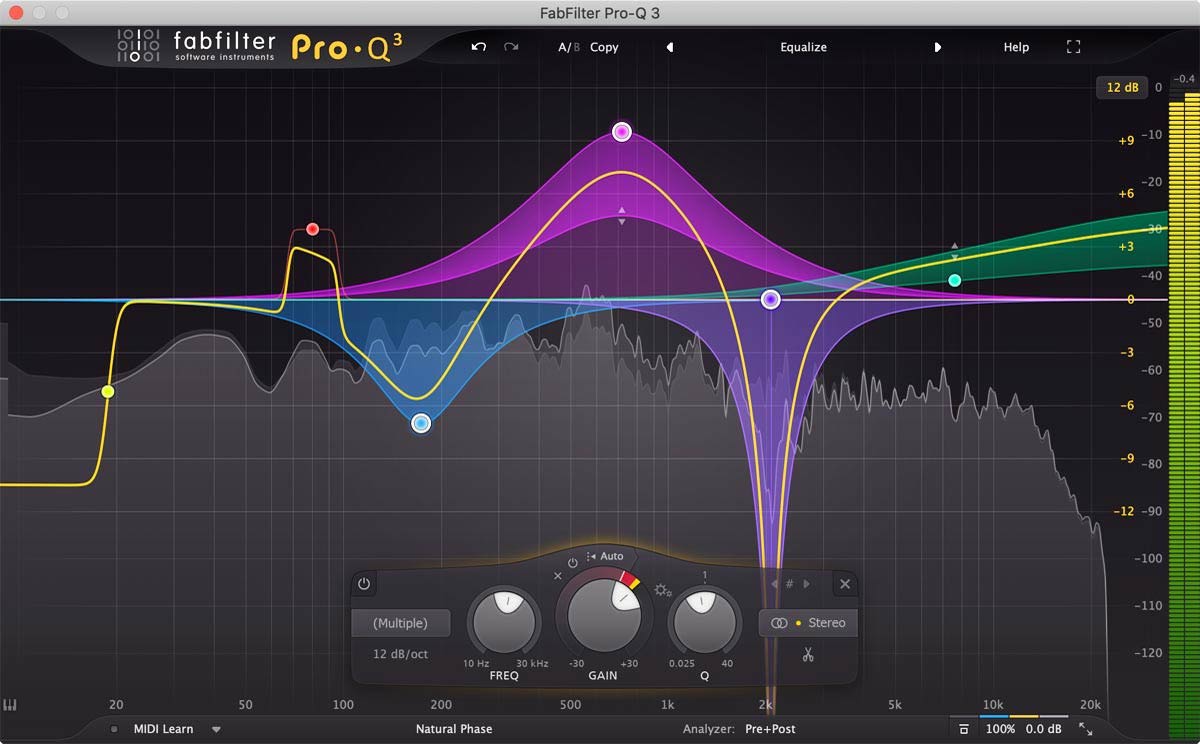
The FabFilter Pro-Q 3 is a top of the line equalizer within a crowded market; while there are many different options, this equalizer stands above with its intelligent audio analysis and high range of features.
This plugin will instantly analyze your audio and dynamically increase audio bands based on AI. The system is clean and straightforward, making it easy to make manual adjustments as needed to the audio.
The intuitive interface, along with new features like frequency collision, which highlights clashing frequencies, makes this EQ worth the cost when producing great sound.
2. Reverb
Some people consider reverb to be the most valuable tool in mixing audio, because without a reverb plug-in, sounds recorded in a studio will often just feel empty, hollow, or simply unnatural to the listener. That’s because reverb, by definition, is the way sound interacts with its environment, bounces around the room, and how that affects the listener’s interpretation of the sound.
When audio is recorded in a studio, the reverb that makes music unique is eliminated; using a reverb plug-in can add depth to sound as if it was recorded in a music hall, an amphitheater, or even under an echoic bridge, depending on the goal of the user.
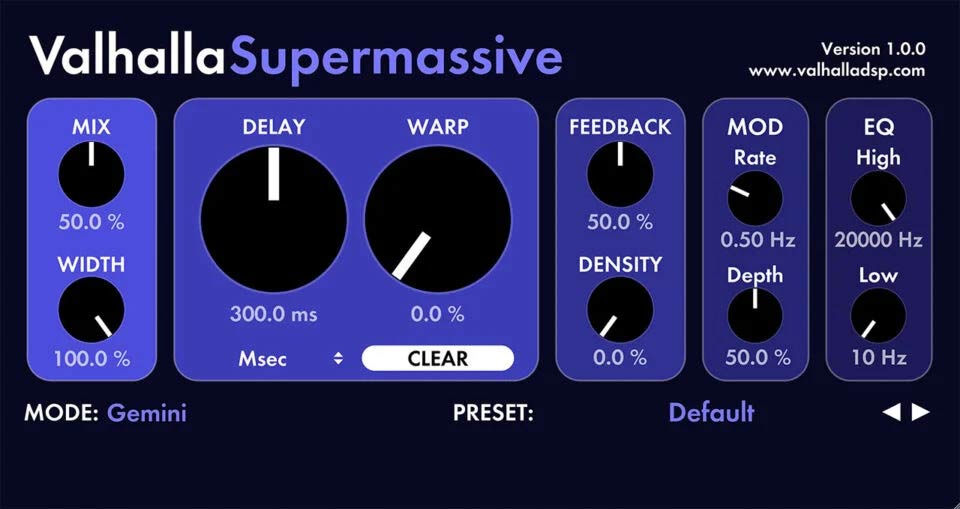
Valhalla Supermassive makes different reverbs depending on what the creator wants an audio to sound like; there is something available for everyone depending on what exactly the user wants to add to their audio. For example, the Valhalla Shimmer reverb plug-in will add a rich depth to audio, as if it was recorded in a cathedral.
Other reverb options available imitate the sound of music produced in the 70s and 80s, which is helpful for those producing content in that genre. Overall, we recommend that you explore your options on the Valhalla DSP website to find the exact sound and plug-in you’re looking for.
3. Compressor
To put it in simple terms, a compressor is used to ‘compress’ your audio by taking the inputted audio and reducing the overall dynamics within the sounds; louder sounds will get quieter and quieter sounds will get louder.
This is a helpful plug-in for those looking to adjust different parts of their audio, like in a song where the guitar is overpowering the vocals, or in a podcast where some users talk much quieter than others.
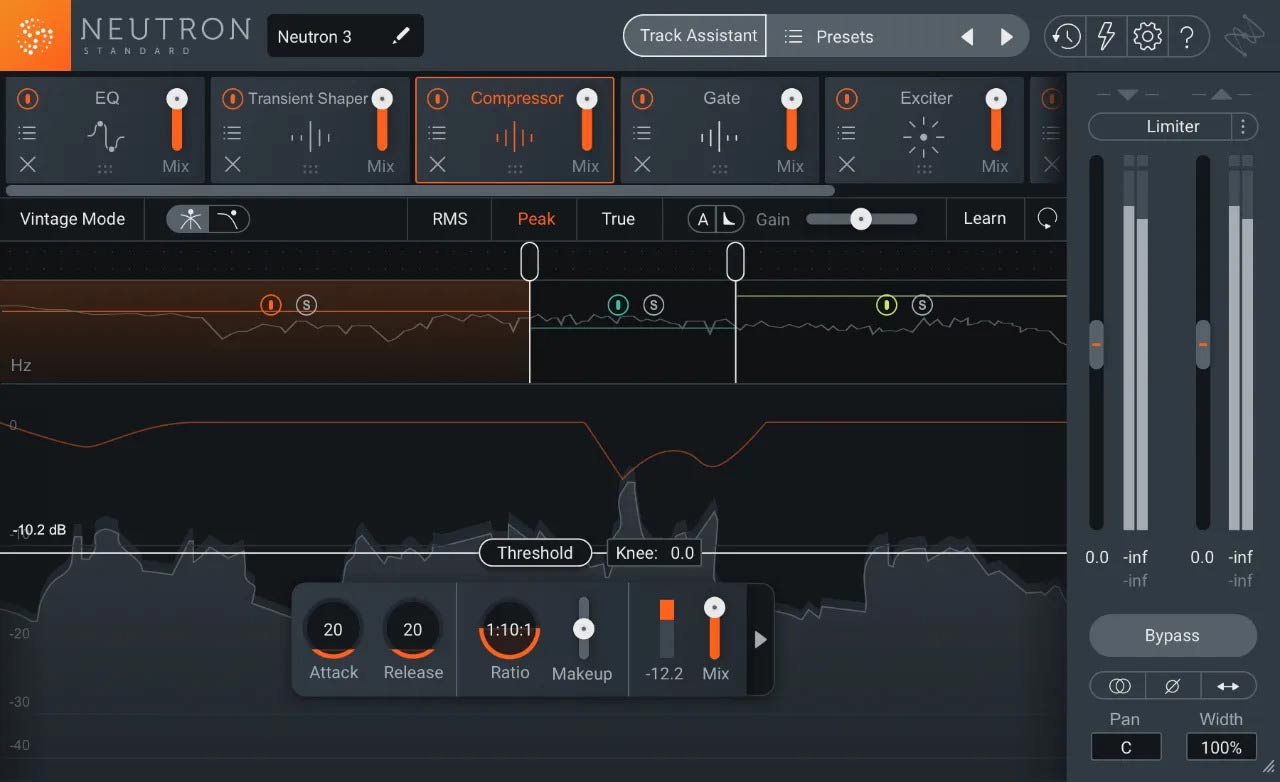
The iZotope Neutron 3 is going to be your best bet for an easy to use compressor. There are a bunch of different options for automatically compressing your audio depending on what you’re looking for; you can add more punch to your vocal volume, make background tracks more mellow, and see exactly how your audio is being changed within the system. The simple design makes it easy for beginners to use and increase quality of their productions.
4. Limiter
When first learning about a limiter, it sounds like one of the simplest pieces of audio production that exists; after all, in simple terms, a limiter ‘limits’ audio from exceeding a certain volume.
When using a limiter, you will set the limiter to a certain decibel (dB), and then the audio output will be adjusted so that even loud sounds are automatically lowered down below the established threshold.
It’s simple both in theory and practice, if you know how you want to limit the audio volume. While a compressor will help stabilize volume in audio, a limiter sets a hard line that cannot be exceeded.
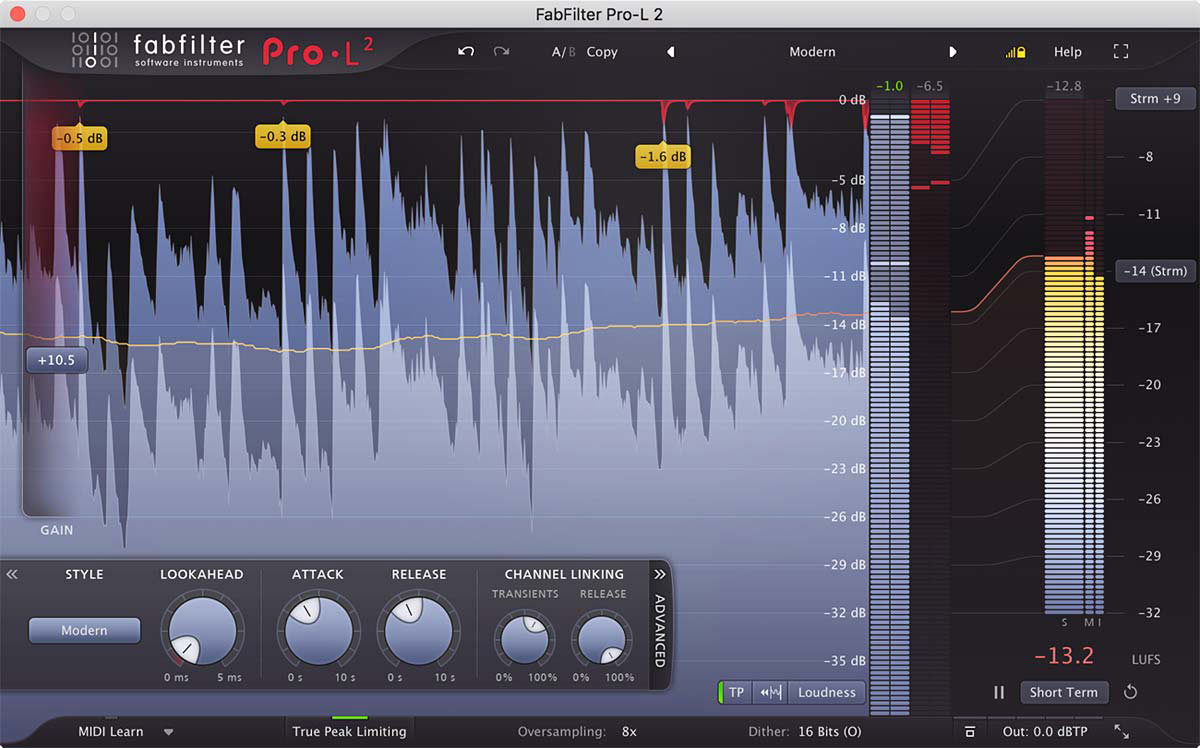
The FabFilter Pro-L 2 is the best limiter on the market today. A limiter will often be used in live music production, as it helps protect the equipment outputting the audio that’s being produced.
Since the audio can be set not to exceed too high of a decibel, the settings can be adjusted so that the audio never exceeds a dangerous output threshold that could damage speakers or other equipment. The Fabfilter Pro I2 will provide real-time information related to your audio to help you make adjustments on the fly.
5. Metering
Metering is a visual aid that helps a user make real-time decisions related to audio production. Using a meter plug-in gives the user a way to visually see how the audio is being recorded as they also listen to it at the same time.
For example, a podcaster might use a meter to determine whether or not guests are consistent when speaking, making sure that all of their final words at the end of sentences are being picked up on.
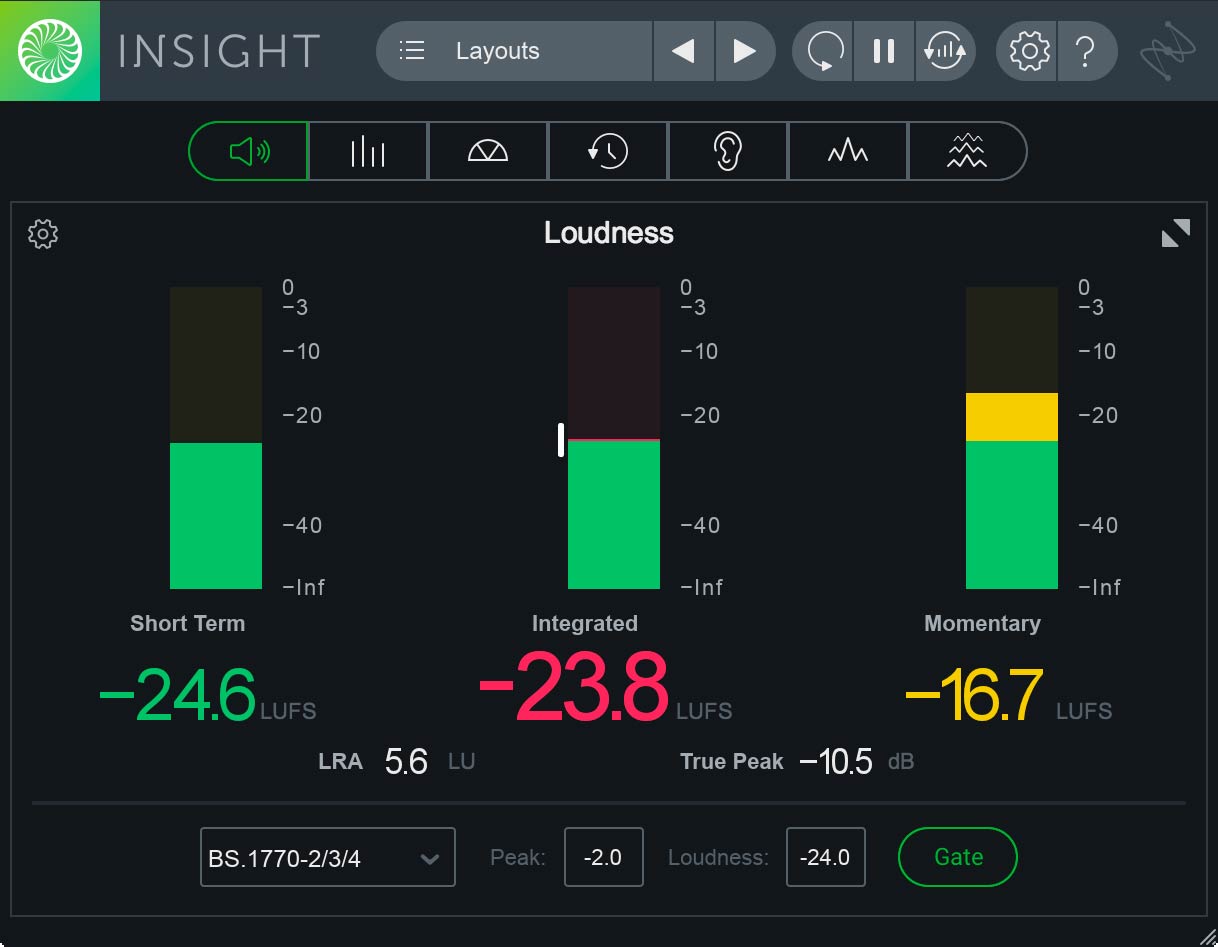
The iZotope Insight 2 is one of the best metering plugins of all time. It’s a customizable meter that allows you to see exactly the insights you want, when you need them.
You will be able to see loudness, intelligibility, and spectral balance, all helping you get valuable insights into your audio. You will be able to ensure that your listeners never miss what you’re saying, and you’ll be able to make necessary adjustments in the moment instead of when it’s too late.
6. Sound Design
Sound design is a more general aspect of audio production; in order to create the perfect audio, sound designers use all of the plugins above to adjust their audio. However, there are also tools that are broader, allowing you to compress, equalize, and add reverb to your audio within one tool.
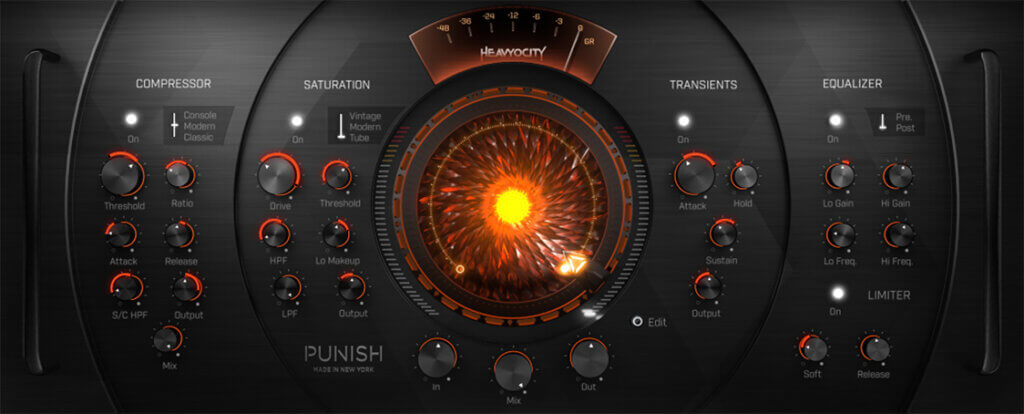
The Heavyocity PUNISH is one of the best sound design products on the market today, giving you a wide range of tools to create excellent sounds from your recordings.
It combines quality compression, saturation, shaping, equalizing, and limiting to one software. The plug-in can genuinely do more than can possibly be listed in one article; you can read more on the official website.
7. Audio Restoration
Audio restoration is the process of cleaning your audio to eliminate all of the clicks, crackles, hums, and hisses that can be heard in the background of raw recordings.
A part of audio restoration is using quality equipment that is physically clean (here the 5 best microphones for recording vocals), but these imperfections are often heard in even professionally recorded audio, so using a plug-in will help you eliminate unwanted noises from your sound.
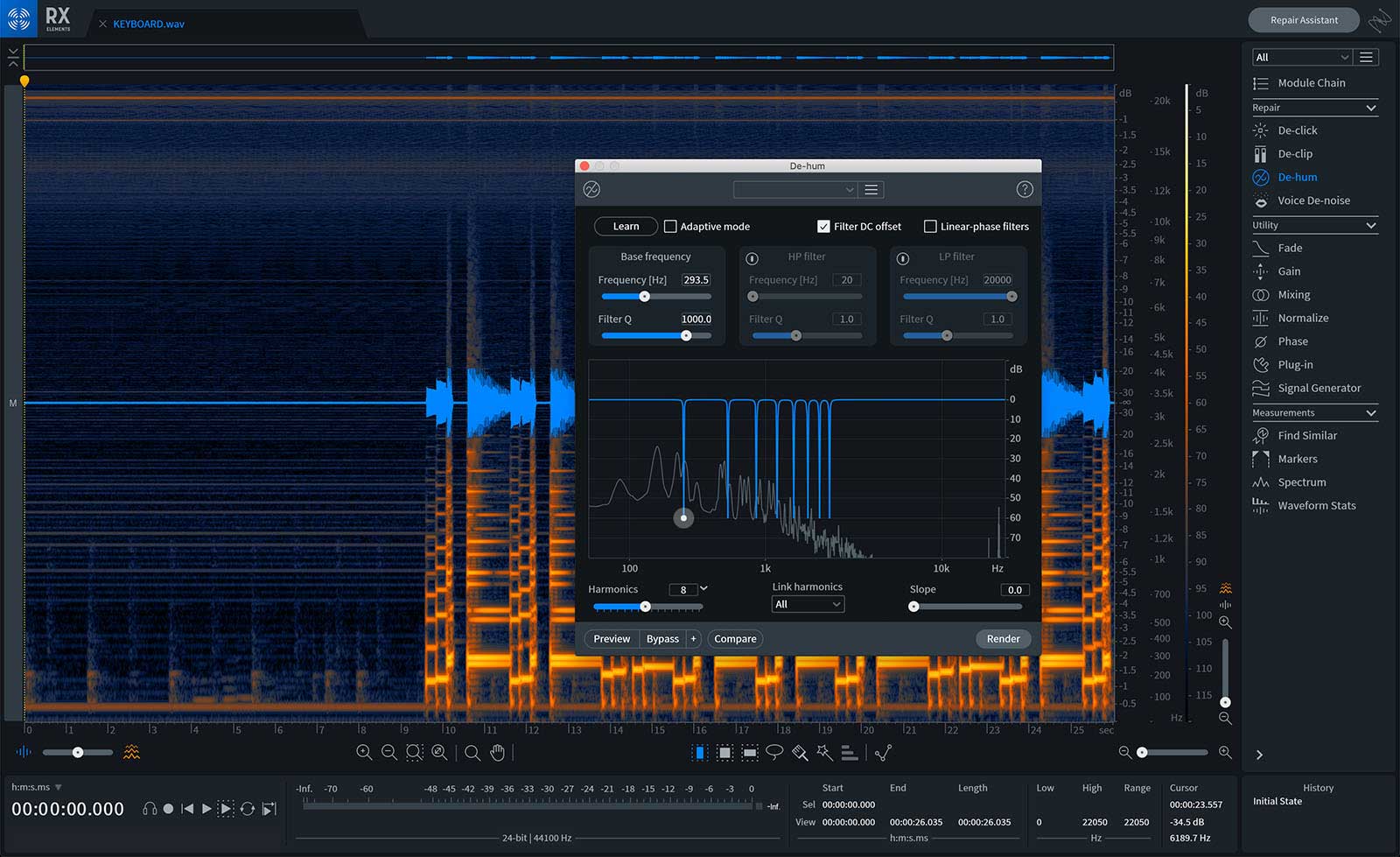
The iZotope RX 8 is a great software for audio restoration. It’s great for small home studios and those who are on a budget, and it’s designed to be easy to use for those who have limited experience with audio restoration.
8. Mastering Suite
Mastering suite products are similar to sound design products as they are broader and more inclusive of different sound editing softwares. For example, some mastering suite products include equalization, compression, stabilization, and limiting all within one software. While some may find it necessary to make more precise adjustments with the individual plug-ins, some may find a mastering suite sufficient.
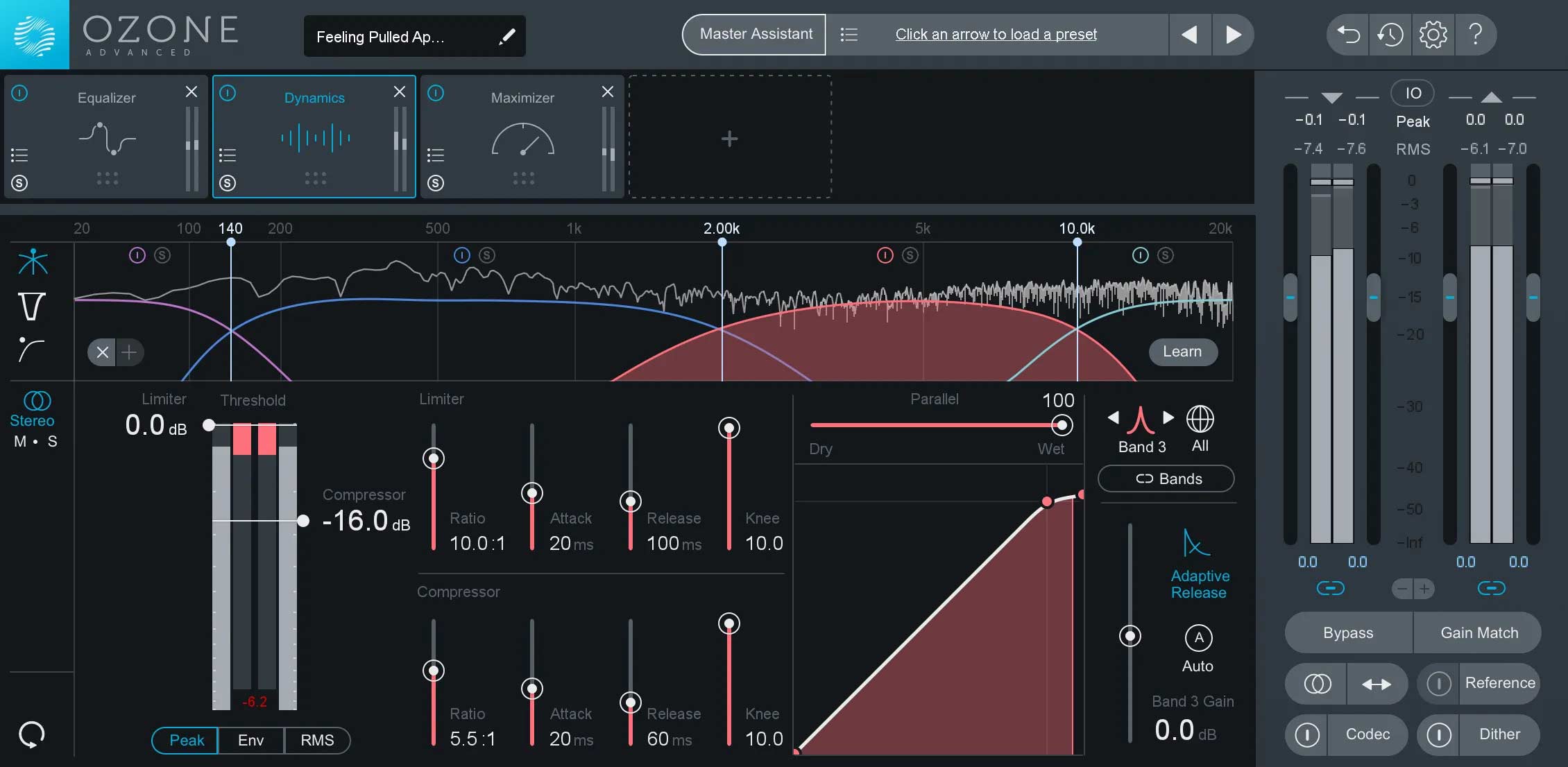
The iZotope Ozone 8 is a quality mastering suite that uses AI to set intelligent limits on audio volume, compress audio and much more. The master rebalance that can be done automatically makes smart adjustments to help your audio sound its best.
Final Thoughts
For those just entering the world of audio production, it can seem daunting to know that there are so many different aspects of audio that may need adjusting.
It will take some effort to find exactly what you need for your projects, but don’t worry; with a little bit of time and investment in your craft, you can find high-quality plugins that make it easy to find your perfect sound from the comfort of your home studio.
Don’t be afraid to try different products out to learn what works best for you; the best way to learn quickly is to dive right in and try everything for yourself!